Once again, our team at Badzine has begun to publish “dummy lists” of potential qualified players, this time for the 2016 Rio Olympics. We publish the first list today, to coincide with the kick-off of the Olympic qualifying period. This means basically that none of the points in this present lists will actually be counting towards the real qualifying, but we thought that it could be interesting to publish such lists and compare them with the ones that really will matter – those published exactly one year from now, on May 4th 2016.
Of course, the lists that were published this past Thursday are the very ones that will determine who qualifies for the BWF World Championships to be played this summer. A mere cursory glance is enough to convince you how much more difficult it will be for players to earn a ticket for Rio 2016 than for ‘Jakarta 2015’.
So, here we go. Let’s pretend that the world ranking that was published last Thursday by the BWF was the one published next year. Who would get to go, and who would have to stay home?
In the men’s singles, the first main absence of the qualifiers would be Lee Chong Wei, of course. But the Malaysian still has a lot of time to gain points and get back ahead of his compatriots to ensure his last participation in the Olympics, in Rio. China, as it stands, would probably send Lin Dan and Chen Long, both at the top of the world ranking. However, the Chinese officials would still have the right to swap either or both of these two for a lower ranked player if they feel he has a better chance, as long as he is within the top 16.
One new fact compared to London Olympic race is that a lot of players have now gone independent from their own national federations, and this may lead to some dilemmas when it is time to decide who to send. Will it be the best ranked, the best chance for the country, or the ones still within the national stable? This is partly true in Lin Dan’s case – he is officially flying with a different sponsor from the Chinese National Team – but it could be the case also for Denmark’s three top pairs who have been dropped from their Federation recently due to a sponsor conflict. It could be an issue for Tommy Sugiarto or Simon Santoso, who are now playing for their clubs and not PBSI – a fact that resulted in their exclusion from the 2015 Sudirman Cup team – or Malaysian players who are flying other colours than BAM.
But let’s get back to the list and pretend that there will be no such conflict…
According to this week’s men’s singles dummy list, Tian Houwei and Wang Zhengming would be dropped, as only a maximum of two players from the same nation can be sent. A major difference from the qualifying rules for the last Olympiad is that neither of these players can benefit from bumping his ranking into the top four in the world. At this time, Denmark’s Vittinghus would not make the cut either, as he is behind Viktor Axelsen and Jan Jorgensen.
Kenichi Tago, who is just behind Sho Sasaki and Kento Momota, would have to get himself in to the top 16 just to be considered as a replacement for one of them. It could be slightly easier for Wei Nan and Lee Hyun Il, who would both simply have to get enough point to get into the top 16, in order to qualify with their team mates Hu Yun and Son Wan Ho, respectively. This is because two singles players are allowed per nation only if both are within the top 16. This top 16 cut-off, which was in effect for London and Beijing as well, might again make it difficult for countries to qualify more than one shuttler. At this stage, other big names missing would be Boonsak Ponsana, and any second shuttler from Indonesia or Korea.
If we stick to the rules of qualifying the exact number of spots available – excluding 3 tri-partite commission spots but including extra spots allowed because of the four male players who appear to have qualified in two events – 39 players can qualify in men’s singles. Apart from the players grabbing the obligatory continental spots for Africa and Oceania – Edwin Ekiring and Daniel Guda, respectively – the last shuttler qualified would be world #80 Adrian Dziółko of Poland, with Belgium’s Tan as first reserve, at rank #81. This gives a rough idea for the top shuttlers in each country as where they have to stand on the world ranking on May 4th, 2016
For the women’s singles, China’s decision will be even tougher than in 2012 when they had to choose 3 shuttlers from a list of four very talented players. This time, only 2 will go, and once again they have four options. According to the world ranking, it would be Li Xuerui and Wang Shixian, meaning Sun Yu and Wang Yihan stay at home. Strictly speaking, once again, it will be the association’s decision.
With only two shuttlers going per nation, Japan and Thailand could both conceivably have just as much frustration, depending on how many they can pack into the top 16 in the coming year. According to the ranking, only Nozomi Okuhara and Akane Yamaguchi would get to go for Japan, with Sayaka Takahashi a possible replacement and Mitani and Sato not making the top 16 cut. Thailand, currently has 4 players in the top 25, led by the current Asian Champion Ratchanok Intanon but all 4 have been in the top 16 in the past two years. Either way, there could be tough choices ahead…
Once again, the rank one would need to get to is approximately 93 in the women’s singles. This is where Nikte Alejandra Sotomayor of Guatemala stands as the last “dummy” qualifier, apart from top Oceanian Joy Lai, who qualifies under the continental representation rule. Slovakia’s Jana Ciznarova as first reserve (R1) at rank #101.
In the men’s doubles, same drastic choices again have to be made, as there will be only a maximum of two pairs sent per nation if they both stay within the top 8 pairs in the world. This means, for instance that major pairs would fail to qualify if the today’s dummy list was to be the same one in a year from now. For instance, Zhang Nan and Fu Haifeng would be dropped as China’s 3rd pair. In addition, both Kim Ki Jung / Kim Sa Rang and Ko Sung Hyun / Shin Baek Cheol, as well as Denmark’s Mads Conrad-Petersen / Mads Pieler Kolding as well as many Indonesian and Japanese pairs, would fail to become a second pair for their team.
Only 16 pairs are qualified and as it stands, the last qualified would be Malaysia’s Goh V Shem and Tan Wee Kiong at the rank of 33. Things could get even tighter at the top if pairs from Africa or Oceania could just make their way into the world’s top 50, as many did in 2012. All it would take would be for a pair like Oceania champions Matthew Chau / Sawan Serasinghe – who only played 5 tournaments in the past 12 months – to score 14,000 more points and Malaysia could be without representation.
Interestingly, two of Korea’s most famous women’s doubles pairings, Jang Ye Na / Kim So Young and Kyung Jung Eun / Kim Ha Na would not be sent to Rio if this list were final. Instead Shin Seung Chan and Lee So Hee would be the ones qualified. Needless to say that some talented Chinese pairs would be missing the cut as well – for instance, Bao Yixin / Tang Jinhua , or Ma Jin / Tang Yuanting. But the recent re-shuffle in the Chinese and Korean women’s doubles partnerships may lead to some drastic changes a year from now as for whom is finally going to Rio. The last pair on the qualifying list is currently Russia’s Ekaterina Bolotova / Evgeniya Kosetskaya at World #28.
In the mixed doubles, compatriots from most member associations will have to fight against each other to get the only possible spot. Two can go if they both are within the top 8 but so far only China fits that bill. Indonesia has 4 pairs in the top 15 but as it stands today, only Ahmad and Natsir would get a ticket – Praveen Jordan and Debby Susanto, for instance, would need some extra points to get into the top 8 to share the fun. The same goes for Denmark’s Pieler Kolding/Rytter Juhl, who are also outside the top 8 in spite of their recent great runs. They have one year to achieve that to join their compatriot Fischer-Nielsen/Pedersen, who also have been kicked out of the national team and may face more difficulties to fund their trips to tournaments and hence win crucial points.
The 16th pair to be qualified would be Canada’s Toby Ng and Alex Bruce (WR #31), who need to qualify on merit as they are not the Pan Am Confederation’s top representative. They could, however, lose their spot if one pair from Oceania or Africa makes it to the top 50, making them eligible for continental representation.
One year to go…exactly.
The race has officially started. Players will, every week, try to calculate where they stand, each time the world rankings come out, whether they have better or worse chances than the week before to make it to Rio. It’s an exciting time for the sport. We will try to give hints on who is in better position before the D-Date and help them and our readers to have a better picture as who is likely to qualify. But we, at Badzine, hope that all players will have equal chances, and that sport will prevail over politics or money, and that sponsorship issues will not have the edge over sporting matters. May the best be sent to Rio! Good luck to everyone!
Our first dummy lists – According to BWF world rankings on April 30th, 2015
Men’s singles (revised – May 24th)
Women’s singles (revised – May 24th)
Men’s doubles
Women’s doubles (revised – May 5th)
Mixed doubles
To read the official qualification rules for the Rio Olympics, click here
- Note: While it was our original intention to publish a series of Olympic qualification dummy lists, as we did in the run-up to the Olympic Games in both 2008 and 2012, shortly after this article was published, the BWF began publishing its own versions of the dummy list idea. For lists that apply qualification rules to the current rankings, see here. For dummy lists in the style of our 2012 versions, which use only ranking points earned during the Olympic qualifying period, see the BWF’s Race to Rio ranking sheets.
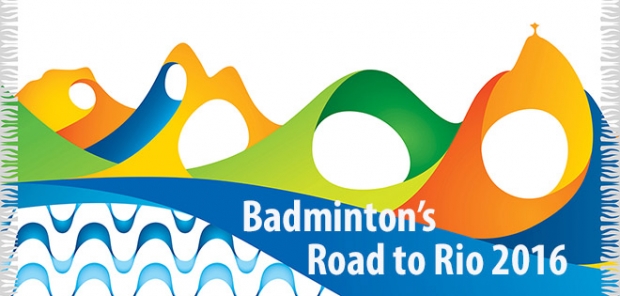
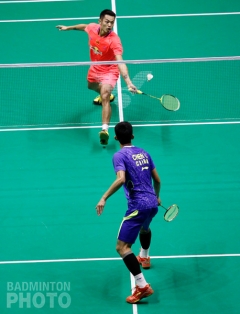
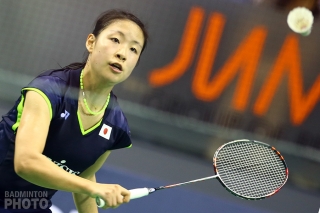
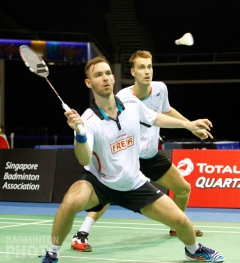
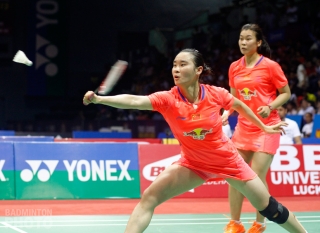
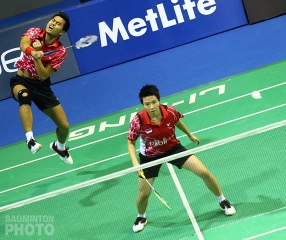

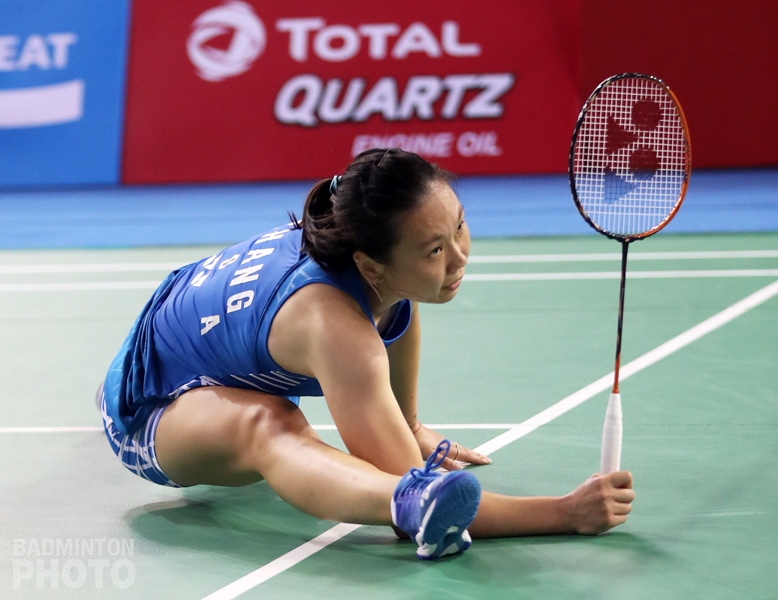
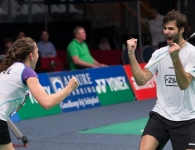
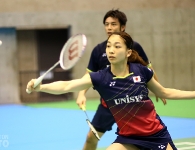
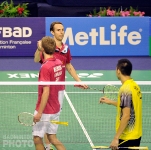
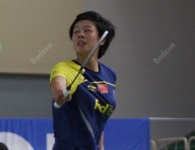
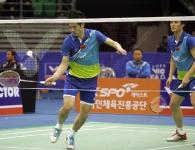
Leave a Reply